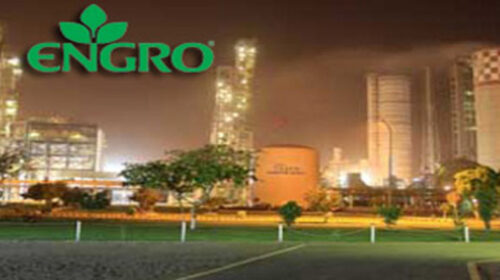Engro Corporation and Royal Vopak are evaluating the process of setting up Pakistan’s first multi-functional onshore LNG terminal along with its existing Floating Storage Regasification Unit (FSRU-based) terminal with an estimated capital expenditure of around $500-600 million dollars. It would offer regasification, bunkering and LNG trucking services. The federal government has also asked the company to review its expansion plan, an official of the company said.
Independent energy experts said that FSRU was not the perfect solution for bringing LNG to a country although it was flexible. However, they said that if the need was to import millions of tonnes of gas annually for a specific place for 7-10 years, onshore plants were certainly needed. Although, it has more expensive upfront cost, but on unit basis, it was much cheaper in the long run. Almost all of the Indian terminals were land-based, while China and Japan also have the same facilities.
Amid fast depleting local gas reserves, ‘strategically’ the onshore LNG terminal for this super-cool imported gas is also much needed to ensure the country’s energy security, longevity of gas market and to create a strategic national asset.
The liquid gas storages can be increased like the oil marketing companies that are maintaining the oil stock for around 20 days. Under the existing FSRU-based arrangement, LNG cannot be stored to be used in coming days or weeks. If approved, the project will be built in a phased approach on open access terminal concept. The onshore terminal would result in reduced foreign exchange outflow compared to FSRUs, create greater market competition, and help optimise the LNG supply chain. To curtail the gas crisis, Pakistan must prioritise the expansion of existing terminals under the approved third-party access (TPA) rules on an immediate basis, while eventually transitioning towards onshore terminals for greater energy security, CEO Engro Elengy Terminal (EETL), Yusuf Siddiqui said while briefing visiting Islamabad-based journalist at the plant site.
He added, EETL has set new industry benchmarks in over five years of its safe and essentially non-stop operations with an availability factor of around 98 percent. It contributes around 15 percent gas supplies to Pakistan and can be considered the country’s largest “gas field” with a re-gasification capacity of 630-690 million cubic feet of gas per day (MMCFD). This terminal is the most utilised regasification terminal in the world, which has saved more than $3 billion of the country through import substitution of furnace oil.
Since its inception, EETL has achieved send-out of more than 1,200 billion cubic feet (BCF) of RLNG/natural gas. Further, its partnership with world-class organisations like Royal Vopak of Netherlands has brought global expertise and foreign investment to Pakistan for the development of the LNG sector. He stated that LNG imports, which now constitute around 30 percent of the total gas supply mix, have been instrumental to bridge energy shortages as the production of indigenous gas continues to decline drastically. To mitigate gas shortfall in future, the government has adopted a favourable policy of encouraging private sector involvement in the LNG sector, but there is a need to remove any roadblocks that impede operationalisation of additional capacity of existing LNG terminals under TPA rules, as allowed under the LNG Policy 2011 and LNG Supply Agreement (LSA) with SSGC.





